Beware! There are sobering warnings about the power of the ABC-Guardian–Sydney Morning Herald/Age axis of woke hidden behind last weekend’s overwhelming almost two-to-one rejection of Albanese’s Voice referendum. Don’t get too carried away with euphoria at the utter failure of the multi-million dollar Yes campaign, with its governmental bullying, the name-calling, the arrogant superiority of the ‘better educated’ elites, the big end of town’s unethical campaign financing, the attempted moral blackmail by religious and welfare groups, the opportunism of arts and sporting bodies, the resurrection of yesterday’s (and the day-before-yesterday’s) celebrities and the unending proselytising from the lefty-media axis. Most of these are licking their wounds as every state and four out of every five federal electorates voted No.
But quietly emerging from their disaster is one significant (and to many, a surprising) winner – the lefty media. This becomes clear from a sober look at where and how Yes won in 32 (eight of them former Liberal-held seats) out of the 151 federal electorates. This reveals the development of a receptive ‘socially responsible’ audience upgrading the ‘doctors’ wives’ of the Liberal heartland of 20 years ago into inner-city Green and Teal seats.
The media’s key role in influencing this transition was in the conversion of the traditional ‘reliable’ sources of information, the ABC and the SMH, joined by the Guardian, into proselytisers of the left with a steady drip of readily embraced ‘progressive’ messaging. The result, as shown in the referendum outcome, is an unhealthy divide between a combination of inner-city yuppies and well-off graduates and corporate executives who can afford to indulge their social consciences, as against the overwhelming majority of Australians living in the suburbs and the regions who, correctly, do not trust politicians and won’t be bullied into embracing the disruptive social agenda of these elites. As the Australian’s Paul Kelly has noted, the referendum result ‘was a repudiation of elite morality and assumed moral superiority… and elitist sophistry’.
While the one-in-five seats that did vote Yes were all inner-city Labor or Greens plus those held by Teals, it was the latter that provided the clearest example of the lefty media’s success. The 62 per cent Yes vote in Sydney’s Wentworth was exceeded in New South Wales only by Albanese’s Grayndler and Plibersek’s Sydney; North Sydney’s 59 per cent (where John Howard’s local Wollstonecraft booth rebuffed him with a 63 per cent Yes vote) and Warringah with 59 per cent followed closely while Mackellar managed only a marginal win. In Victoria Kooyong’s 59 per cent and Goldstein’s 55 per cent Yes votes were out of step with the state’s 55 per cent No vote while in Western Australia the Teal’s Curtin was one of only two seats voting Yes, with 51 per cent against the state’s 64 per cent No.
The evidence now clearly identifies the lefty media’s role in this contrarian outcome; Viewers of the ABC and readers of the Guardian and the SMH are shown, in a voting intentions survey, overwhelmingly to be Yes voters with the focus on their prime markets – the Teal and inner-city seats. The Guardian’s advertising brochure describes its claimed readership of almost one-third of Australians as being 66 per cent ‘progressive’, 73 per cent living in major metropolitan areas, 41 per cent degree-qualified and 32 per cent being business decision-makers.
The survey, taken before voting day (so may understate the extent of final support for No) showed that 75 per cent of Guardian readers would vote Yes as would 63 per cent of ABC online, 59 per cent of SMH readers and 53 per cent of SBS-TV viewers. And even after being diluted by the overwhelming No vote by ABC TV’s large regional and suburban audiences, its pro-Yes inner city-Green-Teal vote was strong enough to lift its overall Yes to almost match No. Despite the corporate push for Yes, readers of the SMH stablemate the Australian Financial Review voted 56 per cent No.
There is a striking contrast between the rest of the mainstream media that accurately reflected the nation’s mood and these left-leaning outlets that, like the Yes-voting Canberra, were totally out of touch with the real Australia. For example, free-to-air TV, radio and the major daily print newspapers, none of whom sang along with Albo’s Voice, saw more than two-thirds of their readers and listeners listed as being No voters – with Sky News topping the pops with its viewers voting 5-1 against the Voice.
But can the lefty media sustain their role as providers of the progressive gospel to their market, or will economic reality replace the heart with the head, at least in the Teal seats? Despite claims that the media is no longer an influential political player because of the spread of diverse forms of communication, the Voice referendum shows clearly that in some circumstances it can have significant influence that could potentially affect the outcome of the next federal election. The success of the ABC-Guardian–SMH/Age media axis in the Voice referendum bodes ill for the Coalition ever regaining the six heartland seats they lost to the Teals so long as this ‘progressive’ media axis remains effective.
Other Liberal seats like Bradfield, held by Paul Fletcher at the 2022 election with only a 4.2 per cent margin after a 10 per cent swing to Labor, are now seriously at risk, with its narrow win for Yes and a wobbly Liberal shadow minister who did not support the Coalition’s No campaign (but, curiously, managed to stay within the shadow cabinet like South Australian Senator Simon Birmingham who demonstrated his political tin ear when not one of his state’s ten electorates joined him in voting Yes).
And Labor should feel very nervous about the prospect of Greens in their inner-city heartland; as Gerard Henderson has often pointed out in his Media Watch Dog, when this media axis criticises Labor, it is generally from the left. Labor will also be pondering the strong No vote in its heartland like the Illawarra-based seat of Whitlam where Assistant Treasurer Stephen Jones’ safe 11-per-cent margin was met with a No vote of almost two-to-one, with not one booth in the working-class Wollongong suburbs of his electorate voting Yes. But this result would have been even worse but for the lefty media’s impact on the better-off, ‘educated’ Southern Highlands segment of his electorate (traditionally strong Liberal voters at least in my time as the local federal MP in the 1970s-80s), with toffee-nosed Bowral and Burrawang voting Yes and Mittagong coming within a whisker of doing likewise in yet another success for the lefty ABC-SMH-Guardian axis.
Don’t write them off.
Got something to add? Join the discussion and comment below.
Get 10 issues for just $10
Subscribe to The Spectator Australia today for the next 10 magazine issues, plus full online access, for just $10.
You might disagree with half of it, but you’ll enjoy reading all of it. Try your first month for free, then just $2 a week for the remainder of your first year.

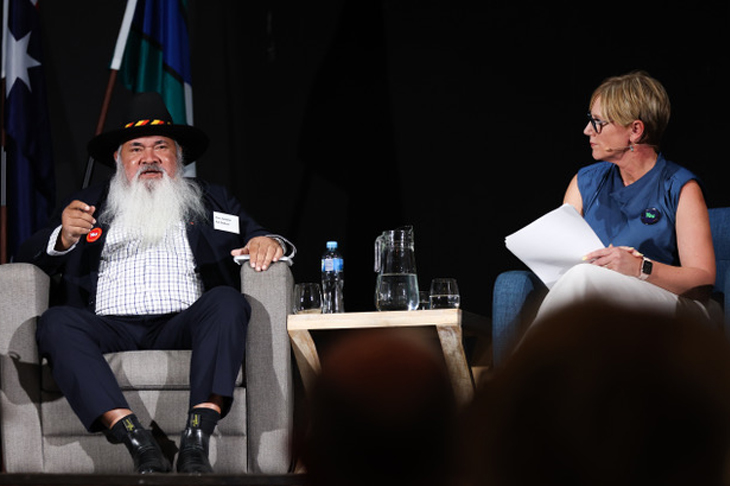
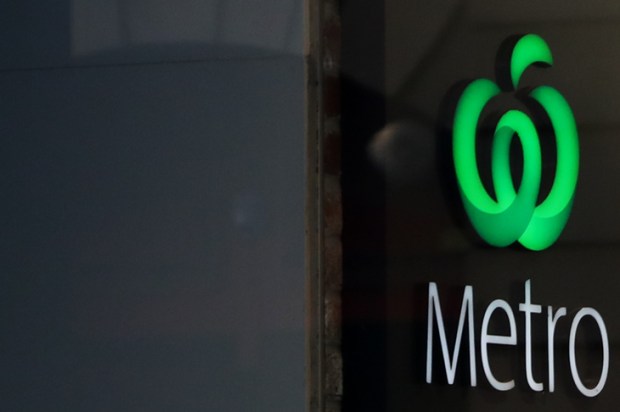
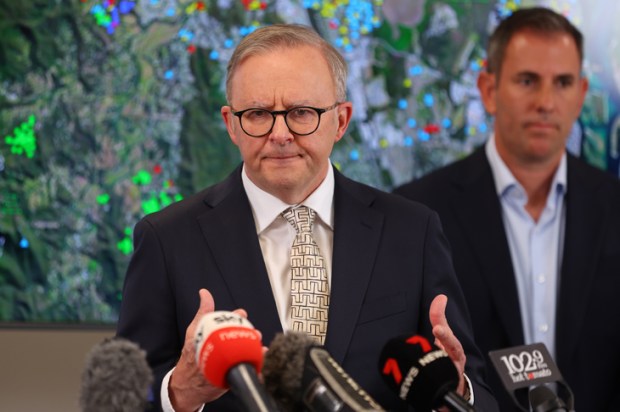
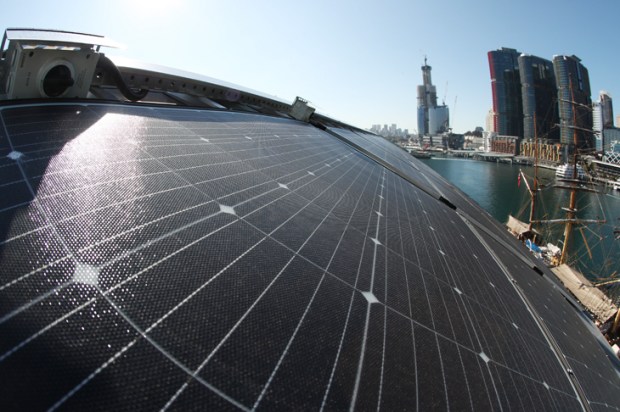
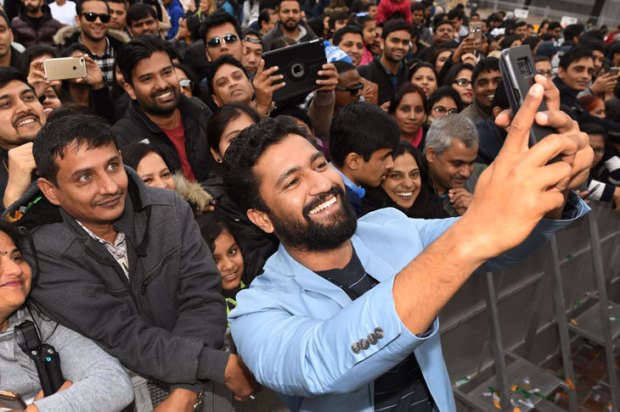
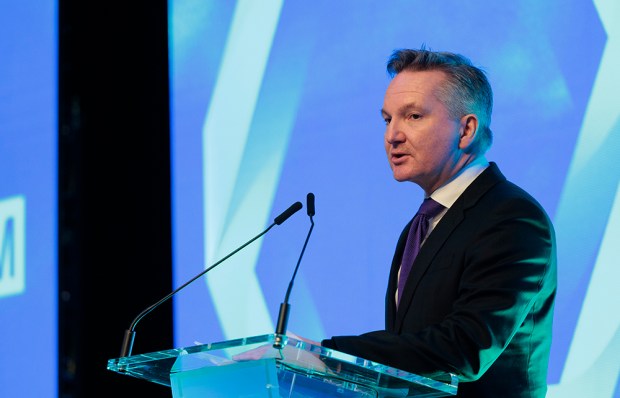
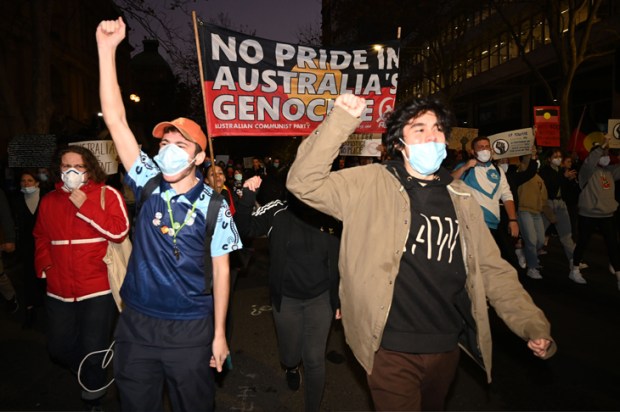






Comments
Don't miss out
Join the conversation with other Spectator Australia readers. Subscribe to leave a comment.
SUBSCRIBEAlready a subscriber? Log in